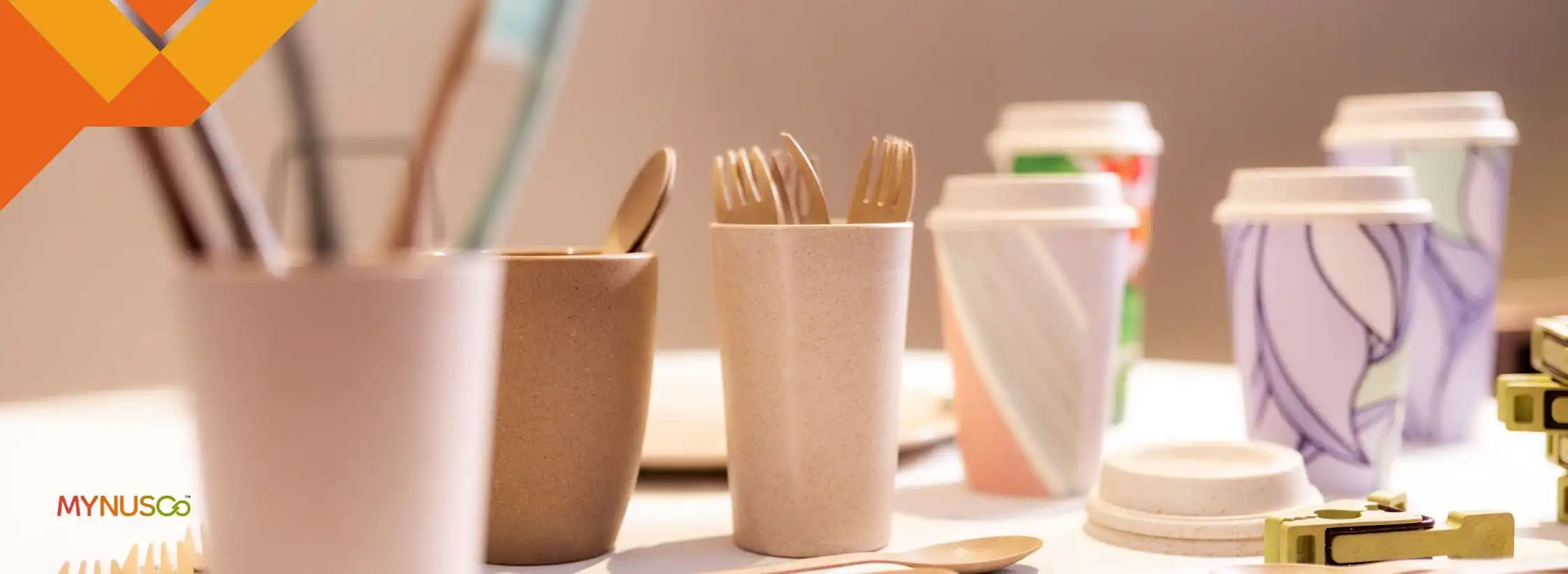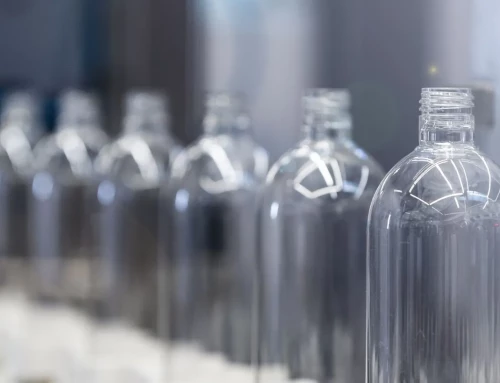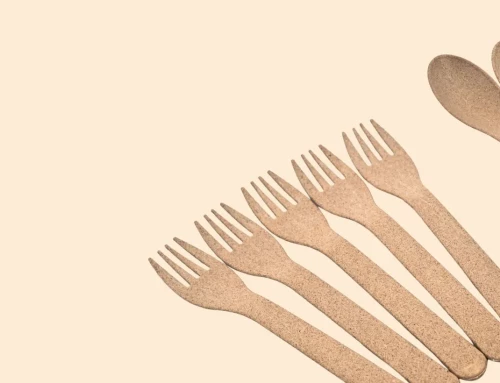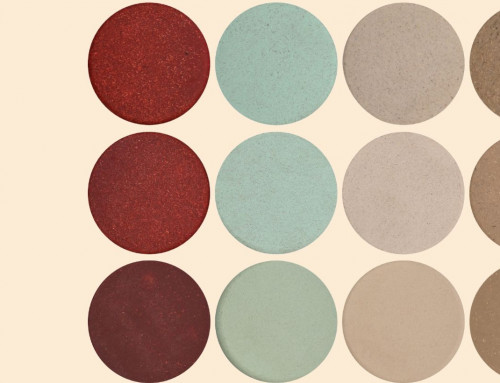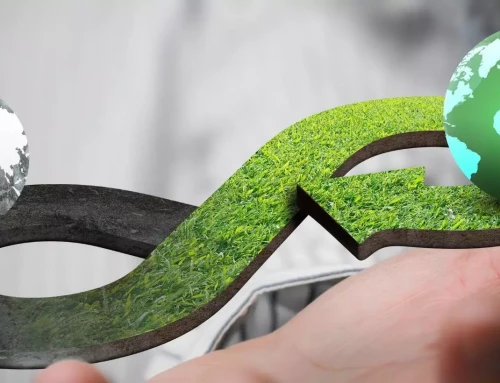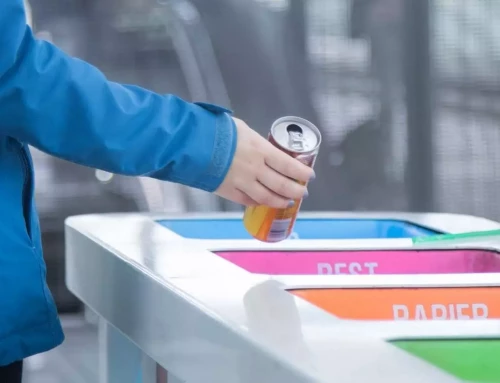Plastic Alternatives that matter the most
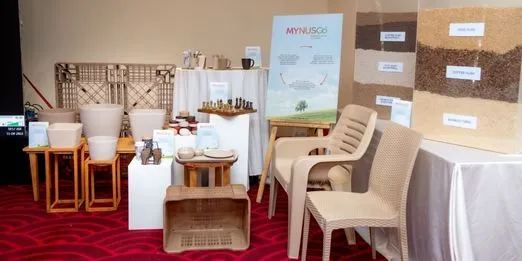
Plastic is one of the major causes of environmental pollution – on land, in the oceans and in our atmosphere. With the growing population and changing lifestyle, use of plastics continues to increase as it is the most versatile, economic, and scalable material available.
There are two key concerns with the plastics – they are made from fossil resources resulting in high carbon emission and their recycling value is insignificant resulting in landfill and marine pollution.
Because plastic use is so diverse from making high value products such as mobiles and automobiles to low value, single use carry-bags and cutlery, there is no single alternative to plastics.
While looking for alternatives to plastic, the two key concerns must be addressed looking at the complete product lifecycle without compromising the functionality of the product.
Before looking at alternatives to single use plastics, it is important to check if there are changes to lifestyle and business models that eliminates the very need for single use items. As an example, single use carry bags can be replaced with more reusable bags made from renewable materials such as jute, banana fibers, etc.
1. Alternatives for flexible items

Most of the flexible items are single use packaging products such as bags, films and foils, that are usually meant for single use only. The purpose of flexible packaging is to protect perishable goods that includes food, medicine, vegetables and non-perishable goods such as toys, home appliances, etc.
Replacing plastics for flexible items is one of the most difficult tasks in hand. Plastics have great properties to prevent contamination, degradation and any physical damages to the products, much better than any other material for the given price.
For applications where single use items cannot be replaced with reusable ones, there are only two options.
a. Biodegradable bioplastics that are made from sustainably sourced renewable materials
b. Paper that are made from sustainably sourced renewable materials
Bioplastics offer the most seamless replacement to plastics, with properties and behavior like conventional plastics. If they are made from sustainable raw materials, biodegrade readily in soil and compost, and do not come at a significantly higher cost, they can be a great alternative to flexible plastic items.
Paper, on the other hand can be used as an alternative to plastics with limitations. Papers cannot be used for preventing the degradation and contamination of perishable goods. They are suitable to pack and protect products that are dry only. If the papers are made from sustainable raw materials, without resulting in deforestation, they can be a good alternative to flexible plastic items.
2. Alternatives for semi-flexible items
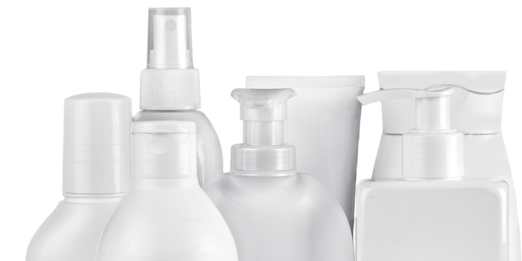
Many of the semi-flexible items are used for packaging products such as cleaning liquid, shampoo, oil, water, etc. The purpose of semi-flexible packaging is to protect goods from external damage during transport and to increase shelf-life of the goods.
Replacing plastics for semi-flexible items is equally challenging as the flexible items. Plastics have great properties to absorb the impact of blows and drops, much better than any other material for the given price.
For applications where semi-flexible items cannot be replaced with reusable and refillable ones, the three best options are
a. Recyclable bioplastics that are made from sustainably sourced renewable materials.
b. Aluminum that are preferably made from recycled sources
c. Pulp based products made from sugarcane/bagasse, recycled wood & paper, etc.
Recycling of semi-flexible items comparable better than the flexible items. Hence, the preference should be to consider bioplastics that are recyclable instead of biodegradable as the overall carbon footprint of the complete product lifecycle will be much better.
Although aluminum does not offer the same level of flexibility of plastics, they are light weight, have good properties to absorb impact, highly scalable and can be recycled infinitely resulting in overall lower carbon footprint.
Pulp extracted from sugarcane/bagasse, wood and paper can be compressed into different shapes that can be suitable for semi-flexible products. They are more often seen as a good alternative to serve food in quick service restaurants and hotels. They can be also found in packaging certain high value products such as mobile phones as well. If the pulp is made from sustainably sourced renewables, preferably from second generation sources, it is suitable for certain semi-flexible items.
3. Alternatives for rigid items
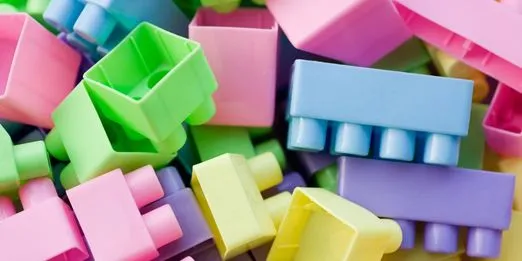
About 50% of the plastics are used in making various kinds of rigid items that includes automobiles, mobiles, furniture, home appliances, etc. Rigid packaging is also one of the common uses of plastics where they are used to store high value goods to increase shelf life and protect them from external damage.
Plastic is preferred over other materials for making rigid items due to their lower cost, scalability, properties, and versatility. However, finding plastic alternatives to rigid items is relatively easier compared to the flexible and semi-flexible items.
Most of the rigid items are recycled at the end of their use, and hence it is better to look for alternatives that can be recycled instead of biodegradation at the end of its use.
There are many alternatives to plastics for rigid items
a. Recyclable bioplastics that are made from sustainably sourced renewable materials
b. Aluminum that are preferably made from recycled sources
c. Wood & bamboo from sustainable sources without resulting in deforestation
d. Steel that are preferably made from recycled sources
Benefits of using recyclable bioplastics and aluminium for rigid items is like that for semi-flexible items.
Bamboo and wood are one of the most popular choices as a result of their price comparable to plastics, their availability and an easy acceptance by customers as a sustainable choice. Wood and bamboo are better used for products such as furniture and construction where they have life longer than the harvesting cycle rather than using them for disposable cutlery.
Steel has been around for centuries, their durability is unquestionable, and it is common to see them used generation after generation. While they are not an ideal replacement to the more economical plastic items, they are still one of the best choices over a long period of time if the items can be reused many times and recovered after use.
Choice of sustainable alternatives to plastics must be made after careful consideration of social, ecological and economic impact across the product lifecycle. Ensuring the resources used in making the items support circular design is fundamental to making the right choice. Choose to work with the right partner(s) who can guide you to make long lasting decisions as you move towards a sustainable future.
